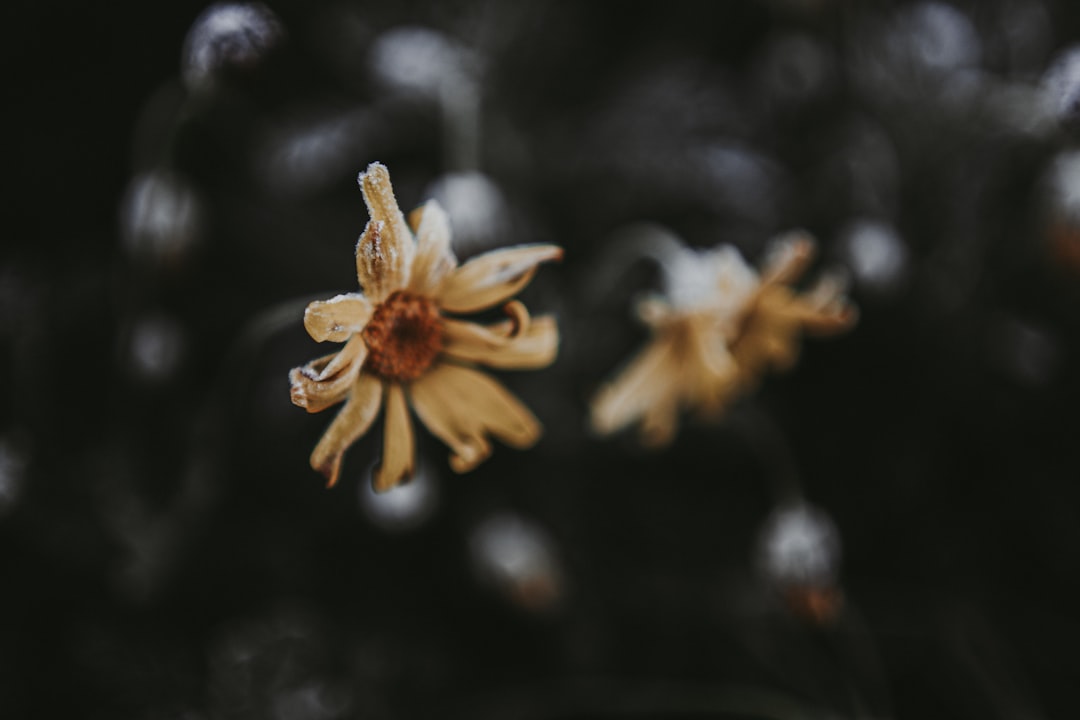The Allure and Responsibility of Barberry in Gardening

Barberry, a remarkable shrub, stands out in the gardening world with its tough nature and stunning jewel - toned foliage. These qualities make it a highly sought - after addition to many gardens, but it also comes with a responsibility that gardeners must take seriously.
One of the most striking features of barberry is its foliage. The leaves come in a wide range of colors, from bright reds to deep purples and even variegated patterns. This makes it a visual delight, whether planted as a single specimen or in a hedge. In the spring, it often produces small, yellow flowers that add an extra touch of charm. These flowers are not only aesthetically pleasing but also attract pollinators such as bees, which are essential for a healthy garden ecosystem.
Barberry is known for its hardiness. It can tolerate a variety of soil conditions, from well - drained to slightly moist soils. It is also relatively drought - tolerant once established, making it a great choice for areas with limited water availability or for gardeners who may not have the time for frequent watering. This resilience allows it to thrive in different climates, from temperate to semi - arid regions.
However, the popularity of barberry has also led to some concerns. In some areas, certain species of barberry have become invasive. They can outcompete native plants, disrupting the natural balance of the ecosystem. For example, they may spread rapidly and form dense thickets, preventing native shrubs and wildflowers from growing. This can have a negative impact on local wildlife that depends on native plants for food and shelter.
To plant barberry responsibly, gardeners first need to do their research. They should check with local agricultural extension services or native plant societies to determine if the species they are considering is invasive in their area. If it is, they should look for non - invasive alternatives that still offer similar aesthetic qualities. For instance, there are some hybrid barberry varieties that have been bred to be less invasive while retaining the beautiful foliage.
When planting barberry, proper spacing is crucial. This allows each shrub to grow and develop without overcrowding, which can lead to poor air circulation and increased susceptibility to diseases. It is also important to plant barberry in an appropriate location. Avoid areas near natural habitats or areas where it could easily spread into the wild. Instead, plant it in a controlled garden setting, such as a backyard or a landscaped area.
Maintenance of barberry is relatively straightforward. Pruning can be done in late winter or early spring to shape the shrub and remove any dead or diseased branches. This not only keeps the barberry looking its best but also promotes healthy growth. Fertilizing should be done sparingly, as barberry does not require excessive amounts of nutrients. A slow - release fertilizer applied in the spring can provide the necessary nutrients for the growing season.
In conclusion, barberry is a wonderful addition to any garden with its tough nature and gorgeous foliage. But gardeners have a responsibility to ensure that it is planted and managed in a way that does not harm the environment. By being informed and taking the necessary precautions, we can enjoy the beauty of barberry while also protecting our native ecosystems.